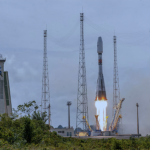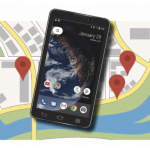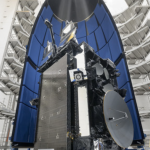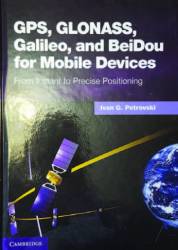GNSS Transceiver: Simulation Accuracy Assessment of Using a Vector-Tracking Receiver as RF Constellation Simulator
In this article, the authors use a vector tracking approach to convert a software receiver into a software transceiver, showing that this effort is both feasible and easily realized. The basic concept is presented with an accuracy assessment of the error sources and generated signal quality is compared to theoretical lower limits.
By Daniel S. Maier and Prof. Thomas Pany











